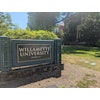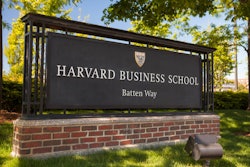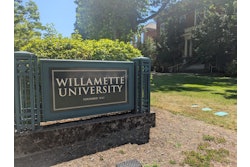Defining rural colleges and universities nationwide has long been challenging, experts say. But without a comprehensive definition, these institutions have often been overlooked in research as well as state and federal funding. However, experts point out that these colleges educate and employ millions of Americans, many of whom are people of color and low-income communities.
“A lot of think tanks and foundations interested in rural communities, as well as those in higher education who want to do research, tend to get stuck at the same roadblock: what counts as rural?” said Dr. Alisa Hicklin Fryar, a professor of political science at the University of Oklahoma and director of data at a research collaborative called the Alliance for Research on Regional Colleges (ARRC).
To unstick that roadblock, Fryar’s ARRC team recently launched an interactive map of 1,087 colleges and universities that serve rural communities but are not necessarily in rural areas. This national project received funding from Ascendium Education Group, a nonprofit education philanthropy and student loan guarantor organization. ![Static politico[54926]](https://img.theeduledger.com/files/base/diverse/all/image/2022/02/static.politico_54926_.62029e3aa7979.png?auto=format%2Ccompress&fit=max&q=70&w=400)
Dr. Andrew Koricich, executive director of ARRC and associate professor of higher education at Appalachian State University, explained why the map looked at rural-serving institutions (RSIs) rather than rural-located institutions.
“Prior to our work, you could identify institutions located in a rural area, but the institutions under that category could change depending on what definition of rural you use,” said Koricich. “Not only is the rural-location category really variable, but it also ignores institutions that are doing rural service but not in a rural place.”
For example, Koricich said many land-grant universities have had an “urbanizing effect” on their communities as a lot of these institutions over time have grown very large. “But nobody would argue that the work they do, such as agriculture programs, isn’t important to rural communities,” he added.
Some colleges on a suburb’s outer edge can also fall into that rural-serving category. But many of their students can hail from surrounding rural communities. Koricich also noted their project underscored how RSIs, counter to some stereotypes that rural communities mean mostly white populations, are in fact demographically diverse.
















